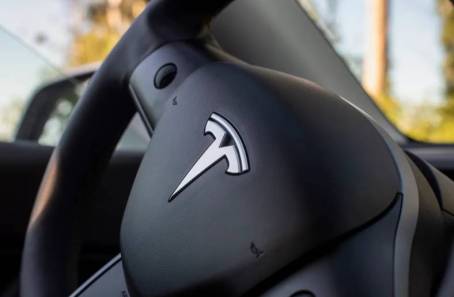The car company seems to be putting together a teleoperations team as it gets ready to start a robotaxi service in the next few years. A recent job posting says that Tesla is looking for a software engineer to help build a teleoperations system that will let people access and handle the company’s upcoming robotaxis and humanoid robots from afar.
It was the job of the software engineer in Palo Alto to “drive requirements, make design decisions, and implement software integration for this custom teleoperation system.”
The job posting doesn’t say if Tesla wants to add to a current teleops team or start from scratch with the team and its skills, but the fact that there is such a team is interesting for two reasons: The first reason is that it shows Tesla is ready to put its robotaxis on public roads. The second is that it’s different from what Tesla had been saying about being self-sufficient before.
Elon Musk, the CEO of Tesla, has said many times that Tesla can reach full automation through advanced neural network training and camera-based perception, without any help from a person.
Most people who work on autonomous vehicles see teleoperations as an important part of getting self-driving cars on public roads. Companies like Waymo, which runs a paid self-driving taxi service in a number of U.S. cities, already have teleoperations systems in place to deal with edge situations like construction zones, accidents, and hardware failures.
It is also helpful to learn how to train for Level 4 automated operations by looking at the choices made by remote operators.
(The SAE says that L4 autonomy means a machine that can drive itself in some situations without help from a person.)
Tesla is not a newcomer to teleops. At the Tesla “We, Robot” event in October, the company used remote operators to direct its Optimus bots to serve drinks and talk to guests. But the needs for controlling a robotaxis from afar would be different.
For example, the user interface and controls for robotaxis would probably be like the controls for a car. They would have real-time mapping and help with making decisions in tough situations. On the other hand, the interface for robots would depend on the job. Robotaxis would also need better communication over large areas, and operators would probably have to keep track of teleoperation actions so that accidents or edge cases can be looked at later.
Tesla showed off a prototype of its robotaxi last month. It’s a Cybercab that doesn’t have a driving wheel or pedals and can fit two people. Musk said that Tesla would start making the car in 2026 or 2027.
Musk also said that he wants to start a service in California and Texas sometime in 2025 that will let people call on self-driving Teslas. He says that Tesla is already testing this service with workers in the Bay Area.
The growing teleoperations team at Tesla doesn’t say if they will only be helping the purpose-built robotaxis or also Tesla cars that regular people drive on the roads today. Musk has said for years that Tesla cars with current hardware would one day be able to drive themselves with just an over-the-air software update. But he has since changed his mind.
Parhlo World asked Tesla for more information about the teleoperations team, but they didn’t answer right away.
What do you say about this story? Visit Parhlo World For more.


